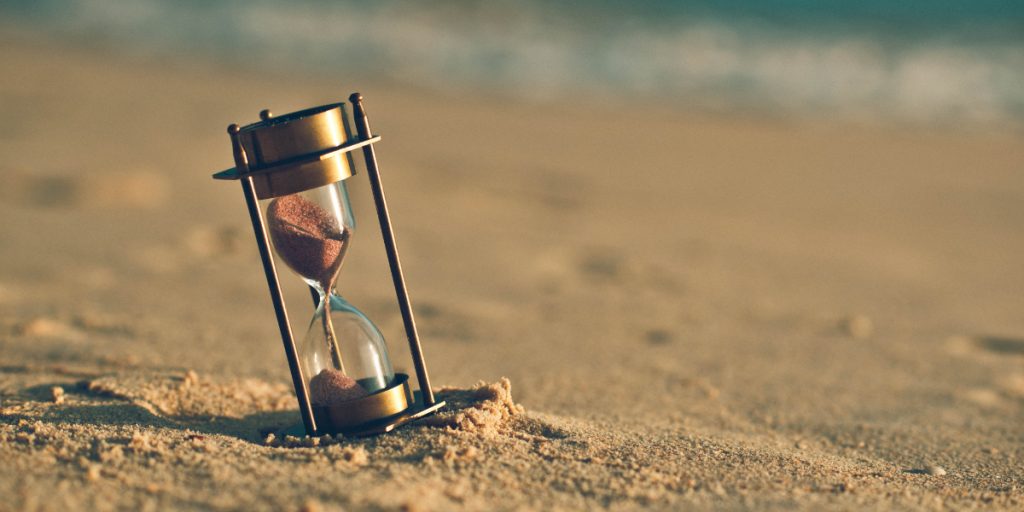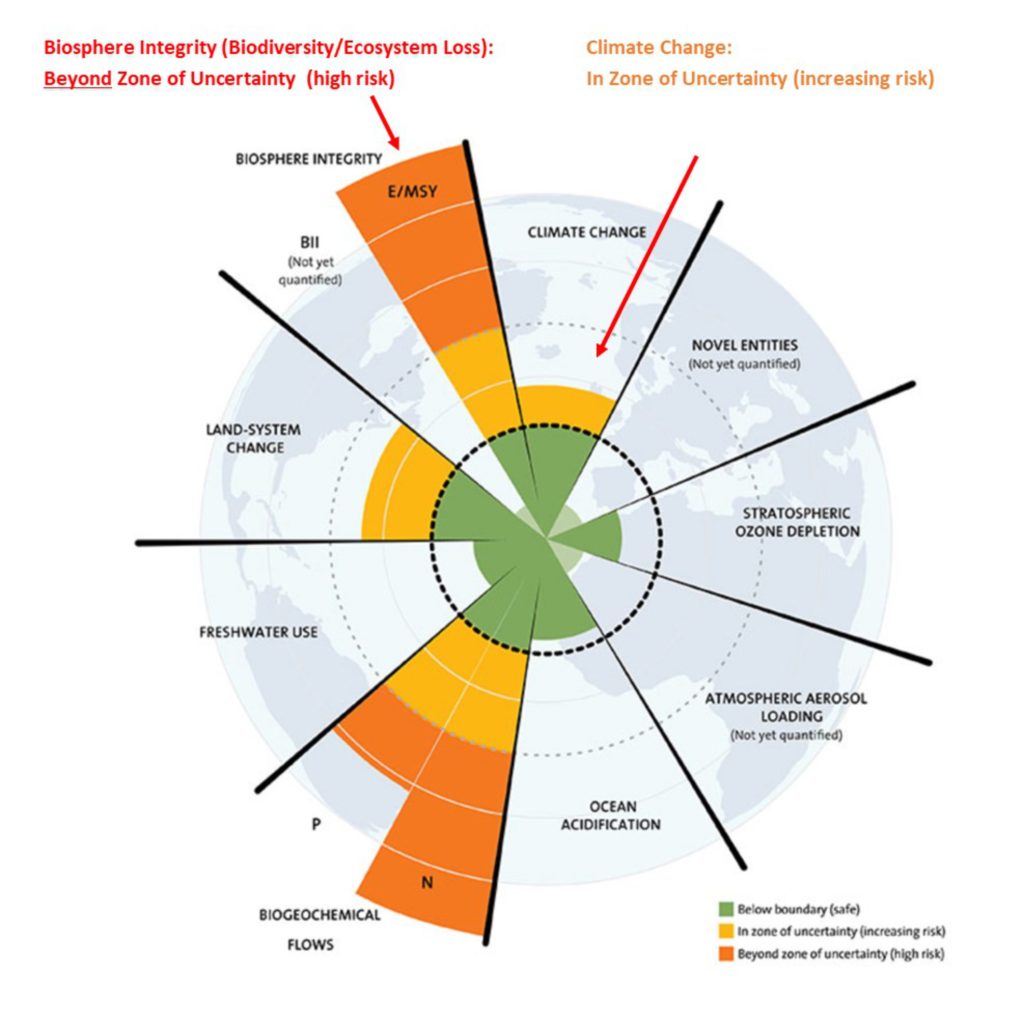Why CoP15 Must Not Become A Cop-Out

The world has got used to an annual conference discussing the climate crisis, but the sister conference tackling biodiversity loss is almost an unknown. The conference of the Convention on Biological Diversity (CBD), currently happening in Canada, is aiming to agree on a new global biodiversity framework, which only happens once every decade.
CBD CoP15 has been delayed for two years, postponed because of the global pandemic. Which is ironic, given the pandemic came about because of humanity’s ongoing “war on nature”, putting us all at risk as the line between us and exotic animals has long been breached due to the overexploitation of the natural world.
So, what do you need to know about the CBD CoP15? Firstly, while droughts, floods, fires and other wild weather events are a part of our day-to-day news now, many scientists believe it is actually biodiversity loss that is a bigger risk to human survival than climate change. To understand why, we must explore the planetary boundaries model:
As a result of this and similar models, many scientists have come to the conclusion that what we do between 2020 and 2030 it will be the decisive decade for humanity’s future on Earth, and we are already over 2 years in.
More people are now paying attention to climate change because the planet is increasingly, visibly unstable to the urban elite, living carbon intensive lifestyles. Sadly, the lifestyle of the wealthy needed to be impacted before they took notice. When it comes to climate change, the Planetary Boundaries Model gauges the world as being in the Zone of Uncertainty labelled increasing risk.

This same model clearly shows that loss of biosphere integrity is a significantly more imminent risk, we are Beyond the Zone of Uncertainty and in the high-risk area. Yet biodiversity loss is given minimal attention by the mainstream media, so maybe it comes as no surprise that few people in the general populace know much about these issues and attempts to tackle them.
The objective of the CBD CoP15 is to negotiate biodiversity targets to protect the planet against this risk, by making human activity ‘sustainable’. Such biodiversity targets were the last agreed in 2010 and none of the targets agreed to in 2010 were achieved. What does this mean?
Maybe this is best explained by looking at how we insure against risk. When it comes to insurance and systemic risk, government and industry tend to look to the company Swiss Re. Firstly, who is Swiss Re? The company’s website states, “The Swiss Re Group is one of the world’s leading providers of reinsurance, insurance and other forms of insurance-based risk transfer, working to make the world more resilient.” This is no ‘greenie’ group!
Swiss Re estimates that more than half of global GDP is dependent a functioning natural world. To drive home the importance of this, in 2020 Swiss Re created a Sustainability Index and Report.
At the launch in September 2020, Swiss Re confirmed that a fifth of countries worldwide are at risk from ecosystem collapse as biodiversity declines. Christian Mumenthaler, Swiss Re’s Group Chief Executive Officer, said: “There is a clear need to assess the state of ecosystems so that the global community can minimise further negative impact on economies across the world. This important piece of work provides a data-driven foundation for understanding the economic risks of deteriorating biodiversity and ecosystems. [With this information] we can also support corporations and investors as they fortify themselves against environmental shocks; we can also ensure the provision of stronger insurance services.”
Of the G20 countries, Australia is ranked in second (worst) place, after South Africa, for failing and fragile ecosystems. The Swiss Re Index confirms that one of the world leading providers of reinsurance can see the ever-growing societal and commercial risk of increasing biodiversity loss. If Swiss Re is concerned, what does that mean to insurance against environmental shocks?
When it comes to general insurance, like home and content insurance, the current model relies on the massive re-insurance companies to insure the potential losses of the retail insurance companies. For example, Allianz may be a huge global insurance company, but it does not have the capital reserves to cover potentially catastrophic losses from a flood, hurricane, wildfire or earthquake.
These types of risks are assumed by the re-insurance giants like Swiss Re and Munich Re. When those re-insurance giants walk away from a market, like they did from the wildfire insurance in Australia, then either insurance cover ceases or the state has to step in. This is going to become an ever-increasing problem as catastrophic events related to accelerated environmental collapse lead to more claims and more losses for the re-insurance companies. At some point in the not-too-distant future the model is going to break down altogether.
Given the scale of the risk, we might be inclined to assume the new biodiversity targets up for agreement at CoP15 in Montreal will address the gravity of the situation and fundamentally alter our purely extractive view of nature. That is not on the cards. While there is much discussion about a 30/30 target of protecting 30% of the land and 30% of the oceans, these targets in their current form are entirely meaningless.
Australia claims to already have 26% of its land area ‘under protection’, but this pure bullshit. It counts state parks and First Nation’s land and many other areas with either no or minimal protection from extractive activities like mining and logging. In reality, only 4% of Australia’s land mass are national parks and fully protected.
Australia isn’t alone in this ‘creative accounting’, as George Monbiot highlighted in a recent article, while the UK government states the county has 28% of land under protection, independent analysis suggests that only 5% of UK land meets the international definition of a protected area. Any country that has signed up to the High Ambition Coalition (HAC) must be held to account on a meaningful definition of ‘protected area’. Why?
While this sort of ‘creative accounting’ is the basis of negotiations in Montreal, the question is just how serious are countries in setting aside 30% of land and oceans aside purely for nature? Other tricks include counting areas permanently covered in ice (like Antarctica and Greenland) or deserts with no or very limited value for biodiversity.
Like with the climate CoPs, the aim appears to be to create the illusion that something is being done about the ever more urgent predicament of ecosystem collapse whilst doing everything possible to delay meaningful action and to protect the capitalist/extractive status quo at all costs.
The point in relation to biodiversity targets is that by the time the next 10-year framework comes around in 2032, it will already be too late. The tipping points in the planetary boundary model are imminent we simply don’t have another two decades.
That there is no sense of urgency is not a failure of science as such, it is mostly a result of our collective delusion that we can exist outside of and transcend nature due to ‘scientific progress’. Scientists too often share this delusion, whilst simultaneously warning about the consequences of not taking drastic action. The mainstream media (MSM) echos this delusion in their almost divine devotion to anything that talks about extending human life, colonizing Mars or uploading ourselves into the Matrix/Metaverse whatever.
When it comes to biodiversity mostly the MSM sticks to the well-worn coverage of the cute or tragic events happening to an individual species or, more often, an individual animal. When it comes to biodiversity loss, most of the world isn’t even in the (climate) denial stage but simply unaware. For too many, they will think, well this is JUST about animals and plants, so we don’t really care. What they don’t realise is that biosphere integrity plays a significant role in food security, water security and managing air pollution. We are and will remain part of nature, if nature dies, so do we.
For all our sakes CoP15 Must Not Become Cop-Out.

Lynn Johnson is a physicist by education and has worked as an executive coach and a strategy consultant for over 20 years. In her work she pushes for systemic change, not piecemeal solutions, this includes campaigning for modernising the legal trade in endangered species, to help tackle the illegal wildlife trade.





